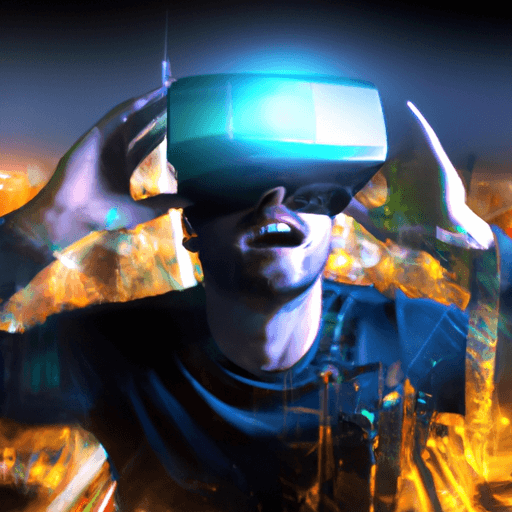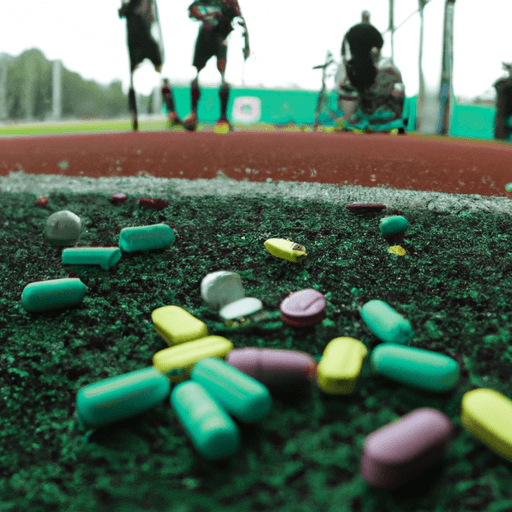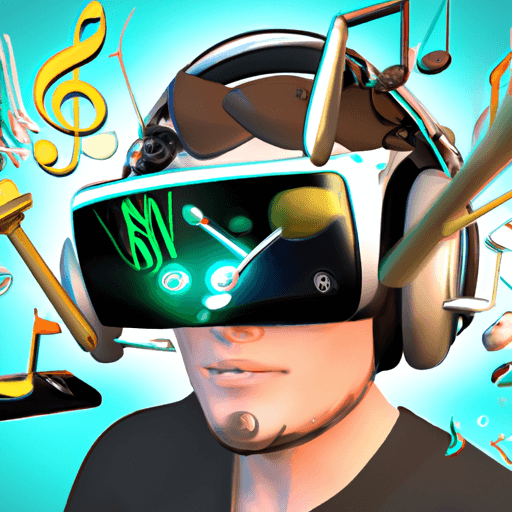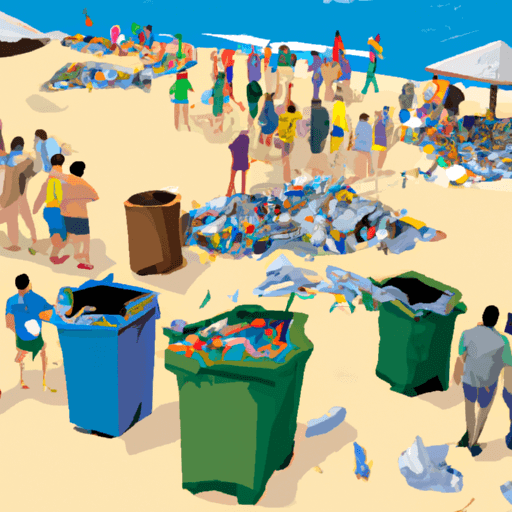Impacts of Light Pollution on Nocturnal Wildlife
Light pollution is a growing environmental concern that often goes unacknowledged. The increased prevalence of artificial lighting in urban and rural environments has resulted in disruption of natural habitats, particularly for nocturnal wildlife. This in-depth article aims to explore the various impacts of light pollution, focusing primarily on its effects on the behaviors, health, and survival of various nocturnal species.
Causes of Light Pollution
Light pollution arises from excessive, misdirected, or obtrusive artificial light. As urbanization and industrialization continue to increase, so too has the unnatural illumination of the night sky. Streetlights, illuminated billboards, and excessive home or business lighting contribute massively to this ever-growing concern.
Impacts on Nocturnal Wildlife
Artificial lights can significantly disrupt the survival of nocturnal species. Light pollution can alter their food-web dynamics, reproductive patterns, and migratory behavior. It also increases their susceptibility to predators and other threats.
Significantly Affected Species
For example, several studies have cited the negative effect of artificial night lighting on sea turtles. Hatchlings are instinctively drawn to the natural light reflected off the surface of the ocean. However, the increased coastal lighting leads them astray and exposes them to predation, dehydration, and traffic hazards.
Bats are significantly impacted as well. Brightly lit conditions can suppress their nocturnal activity, leading to lower feeding rates, which subsequently affects their survival and reproductive success. Other species like certain species of birds, fireflies, frogs, and insects also show deleterious effects due to light pollution.
Solutions to Light Pollution
The reduction of light pollution necessitates a holistic approach involving various multilayered strategies. These could include:
- Implementation of Dark-Sky initiatives: These are aimed at conserving the dark sky and reducing the negative impacts of artificial lights.
- Use of Eco-friendly lighting strategies: Such as directional lighting, motion sensor lighting, and timers to reduce unnecessary light emission.
- Alteration to human behavior: Including increased ecological awareness and sensitivity in urban planning and individual lifestyle choices.
In conclusion, light pollution is an often-overlooked ecological threat that demands urgent attention. Reducing its impacts will not only benefit wildlife but also contribute to human well-being and the overall health of our planet.


















Comments
Leave a Comment